
Coronavirus Lockdown Update: 75 Districts Shut Across India,...
- Mar 23, 2020
- Views : 7774

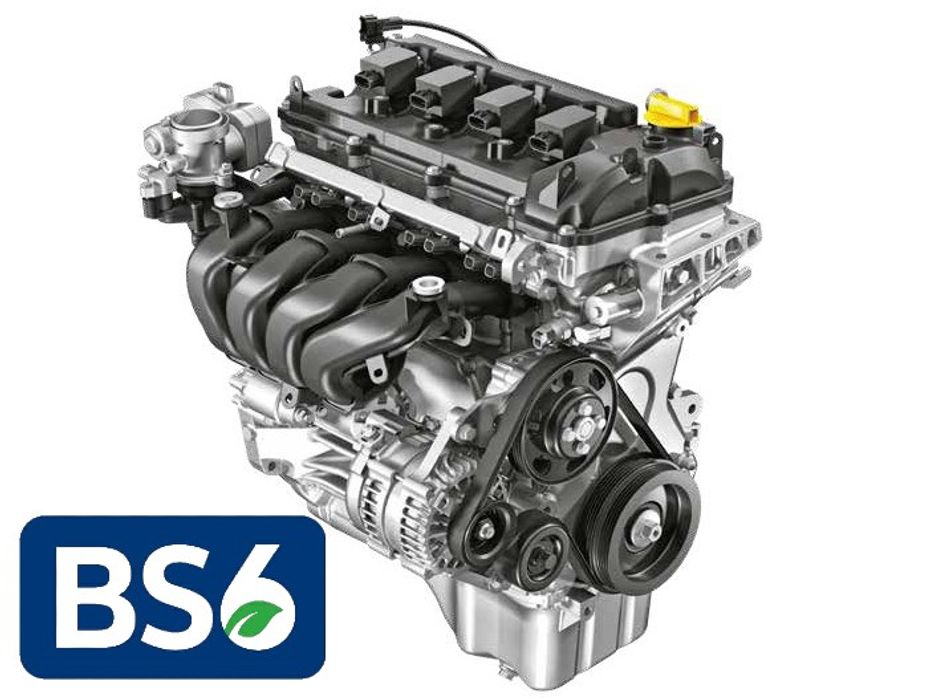
Could BS6 norms make petrol engines great again? India loves its diesel engines, from the award-winning 1.3-litre Multijet to the mighty mHawks found in Mahindra cars. But a number of carmakers including Maruti Suzuki and Volkswagen have erased diesel engines from their cars in the BS6 era. How does that change bode for the Indian buyer, who often spends a premium to purchase a more fuel-efficient car?
Advancements in technology have made petrol engines more efficient. A prime example is the Maruti Suzuki 1.2-litre K12C Dualjet which debuted in the Maruti Suzuki Baleno and the Toyota Glanza. The 2020 Dzire is the latest new car to be equipped with this petrol engine.
Is the K12C efficient?

We perceive efficiency, both thermodynamic and mechanical, in terms of fuel efficiency. If an engine can use less fuel to do the same or more work (produce power and torque to drive a car), it’s a sign that it has been engineered for thermodynamic and mechanical efficiency.
Maruti Suzuki’s engine is paired with a 12-volt mild-hybrid system in the Baleno and Glanza, but not in the Dzire. Even then, Maruti Suzuki claims an economy of 23.26kmpl, just 0.61kmpl lower than the Baleno Smart Hybrid. It also has a low carbon dioxide output of 98g/km, 24g/km lower than the 1.3-litre DDiS diesel. Hence, Maruti Suzuki’s engine is cleaner though 4kmpl less fuel-efficient than the diesel it replaces. The Dualjet engine has been BS6-compliant since launch last year.
What makes the Dualjet so efficient?
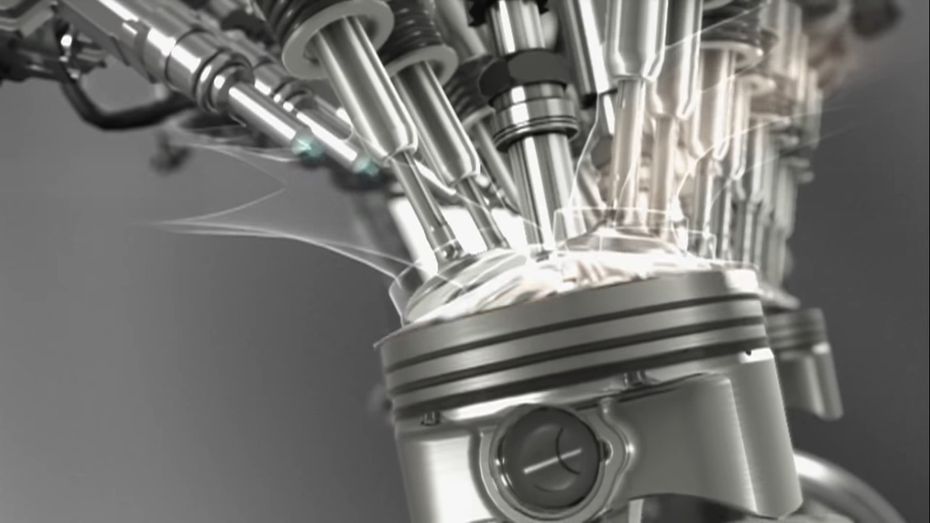
In an internal combustion (IC) engine, compressing more air with just the right amount of fuel makes the engine more efficient. Diesel engines have higher compression ratios than petrol, which means that they can compress 14 to 17 units of air using just 1 unit of fuel. Petrol engines usually have a compression ratio of 10:1 or 11:1, making them less thermodynamically efficient than diesels.
Carmakers can increase the efficiency of their petrol engines by adopting several measures which are already used in most diesel engines -- turbocharging, direct injection at high pressure, and exhaust gas recirculation (EGR).
High Compression Ratio:
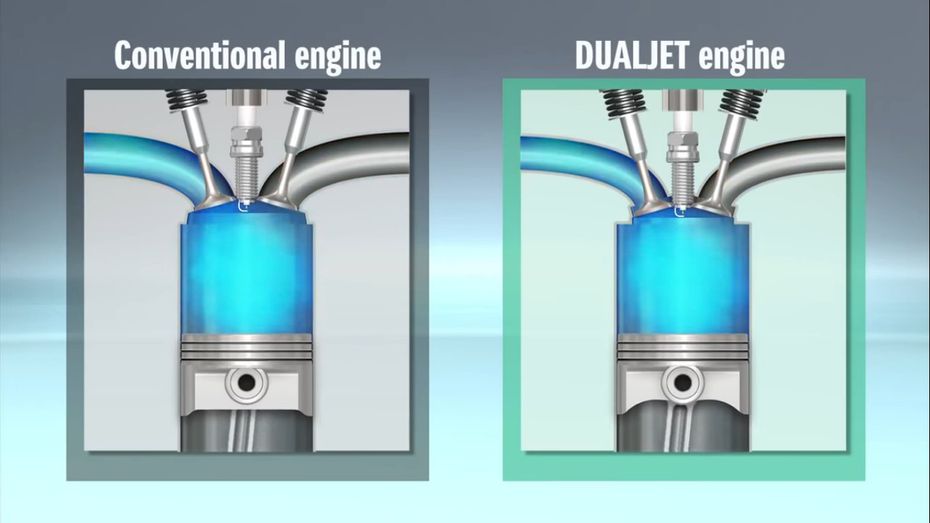
The K12C has a 12:1 compression ratio, higher than the 11:1 ratio of the K12B petrol found in the Swift. Suzuki has achieved this by making the combustion chamber smaller while retaining the bore and stroke dimensions. So the piston travels the same distance and is the same size as before, but the combustion chamber is smaller. It uses less fuel but compresses air further. But while this theoretically improves efficiency, the higher compression ratio can cause engine knock. All the other technologies are aimed at reducing the temperature of the combustion chamber to keep the high-compression engine running reliably.
Two injectors:
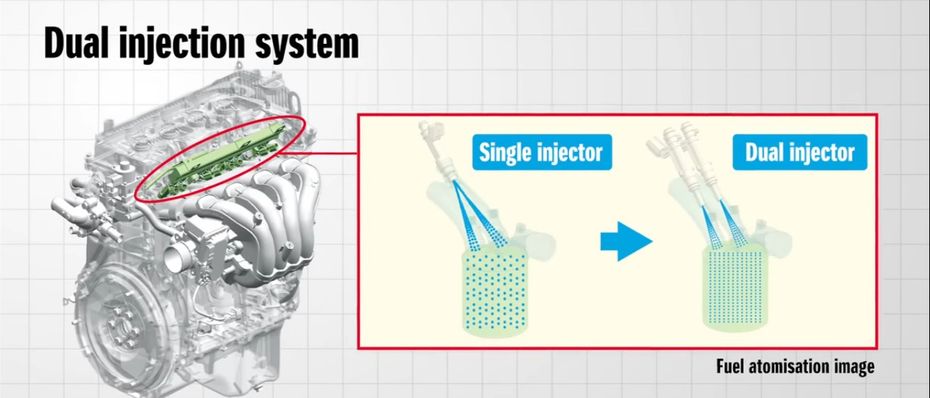
This is what gives the Dualjet its name. While most engines use single injectors, the K12C uses two per cylinder, and they are placed closer to the combustion chamber than before. Fuel atomises as it leaves the injectors, and this change from liquid to vapour absorbs heat. Even though the Dualjet uses less fuel, more droplets of petrol are introduced in the combustion chamber which absorbs the heat from the previous combustion cycle.
Redesigned water jacket with cooling jets:
Suzuki has modified the water jacket, or the channels through which coolant passes, to cool the engine near the combustion chamber. In addition, oil jets are shot at the underside of the cylinder to lower its temperature. Through convection, this lowers the temperature of the cylinder surface which comes in contact with the fuel, reducing chances of knock.
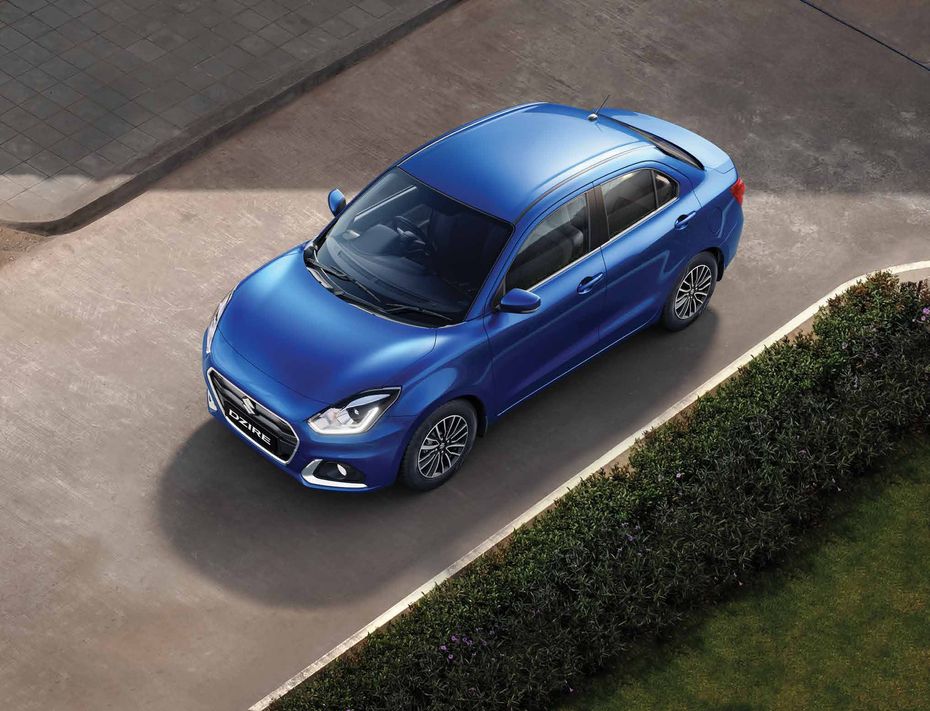
Exhaust gas recirculation with water cooling:
Diesel engines are known to use exhaust gas recirculation in addition to turbocharging. The Dualjet engine passes some of its exhaust gases through a heat exchanger which reduces its temperature by releasing its heat to the coolant. The cooler exhaust gases now enter the intake manifold. The exhaust gas has no oxygen molecules which would contribute to the combustion, so less fuel required than without EGR to do the same amount of mechanical work and to move the car.
Other technologies:
The air intake port is optimised to create a vortex which pulls fuel droplets into the centre of the combustion chamber, further reducing chances of knock. The engine uses low-weight oil which offers lower friction both in warm and cold conditions. Variable valve timing allows the engine to maintain its power surge at high RPMs by decreasing pumping losses higher in the rev range.
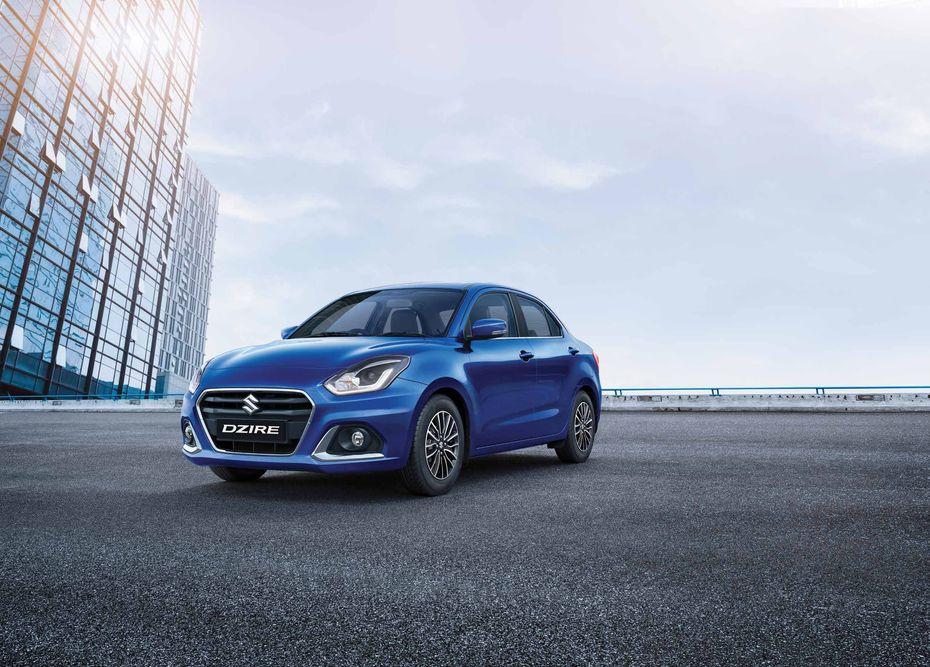
How could petrol engines become as efficient as diesels?
We’ll see turbocharging on a number of new engines, from Mahindra’s mStallion petrols to Volkswagen’s TSIs.
Hybrid tech has been proven to make engines more efficient at the cost of mechanical and electronic complexity. Hybrids are generally more expensive than petrol-only cars, and often the premium gets you better fuel economy and lower running costs. In India, hybrid cars with a more substantial electronic power output are often completely built (CBU) imports, making them even more expensive to buy.
With carmakers concentrating on battery electric vehicles, localisation, homologation, and domestic production of hybrids is still on the back burner. Suzuki showcased the Swift Hybrid at Auto Expo 2020. Its 48-volt self-charging hybrid system gives it a fuel economy of 32kmpl, higher than most diesel engines.
How’s the future for the Indian buyer?
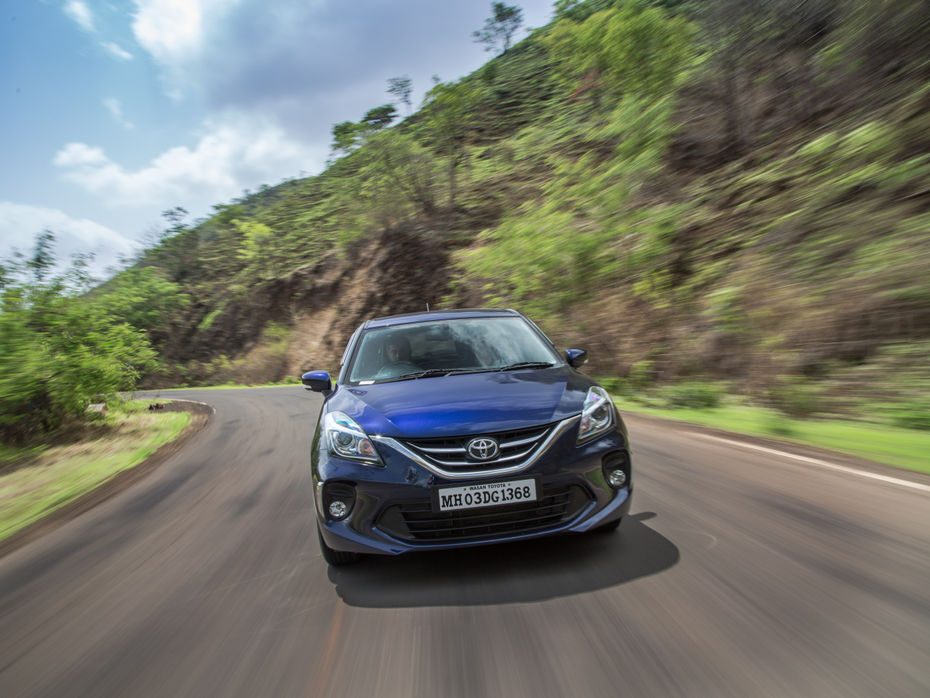
The advent of EVs, BS6 emission norms, turbo petrol engines and hybrid cars could only translate to lower running costs in the future. We lament the driveability of diesels we’ve lost in the transition to BS6, but we can rest assured that such regulations are better for the planet. But although the purchase cost of new cars may go up in the future, carmakers are still striving to get the maximum locomotion from every tiny drop of liquid gold that we call petrol.

Coronavirus Lockdown Update: 75 Districts Shut Across India,...

The New Maruti Dzire 2024 Has Been Launched In All Its Glory! Priced...

2024 Maruti Dzire: First CLEAR Look Without Camouflage Ahead Of...

New Maruti Dzire Gets CNG From Day One, Here Are All Its Details...

Brand New Maruti Dzire Revealed Ahead Of Launch, Top 5 Things To Know

2024 Maruti Suzuki Dzire: First Clear Look At Its Interiors Ahead Of...

New Maruti Suzuki Dzire: Here’s What Each Of Its Four Variants...

Upcoming Cars To Launch And Debut In November 2024

2024 Maruti Dzire Vs Swift: What Are The Design Differences?
India's largest automotive community
 Kia Syros Vs Hyundai Venue: Korean Subcompact SUVs Compared
Kia Syros Vs Hyundai Venue: Korean Subcompact SUVs Compared
 Here Is The List Of All Tata Cars Likely To Be Launched In 2025
Here Is The List Of All Tata Cars Likely To Be Launched In 2025
 Maruti Suzuki Wagon R: 25 Years of India’s Best-Selling Car Through Its Generations
Maruti Suzuki Wagon R: 25 Years of India’s Best-Selling Car Through Its Generations
 Here Are All The Mercedes-Benz Cars Lined Up For A Showcase In The Bharat Mobility Global Expo 2025
Here Are All The Mercedes-Benz Cars Lined Up For A Showcase In The Bharat Mobility Global Expo 2025
 Toyota Camry
Rs. 48.00 Lakh
Toyota Camry
Rs. 48.00 Lakh
 Honda Amaze
Rs. 7.99 Lakh
Honda Amaze
Rs. 7.99 Lakh
 Audi Q7
Rs. 88.66 Lakh
Audi Q7
Rs. 88.66 Lakh
 Mahindra XEV 9e
Rs. 21.90 Lakh
Mahindra XEV 9e
Rs. 21.90 Lakh
 Mahindra BE 6
Rs. 18.90 Lakh
Mahindra BE 6
Rs. 18.90 Lakh